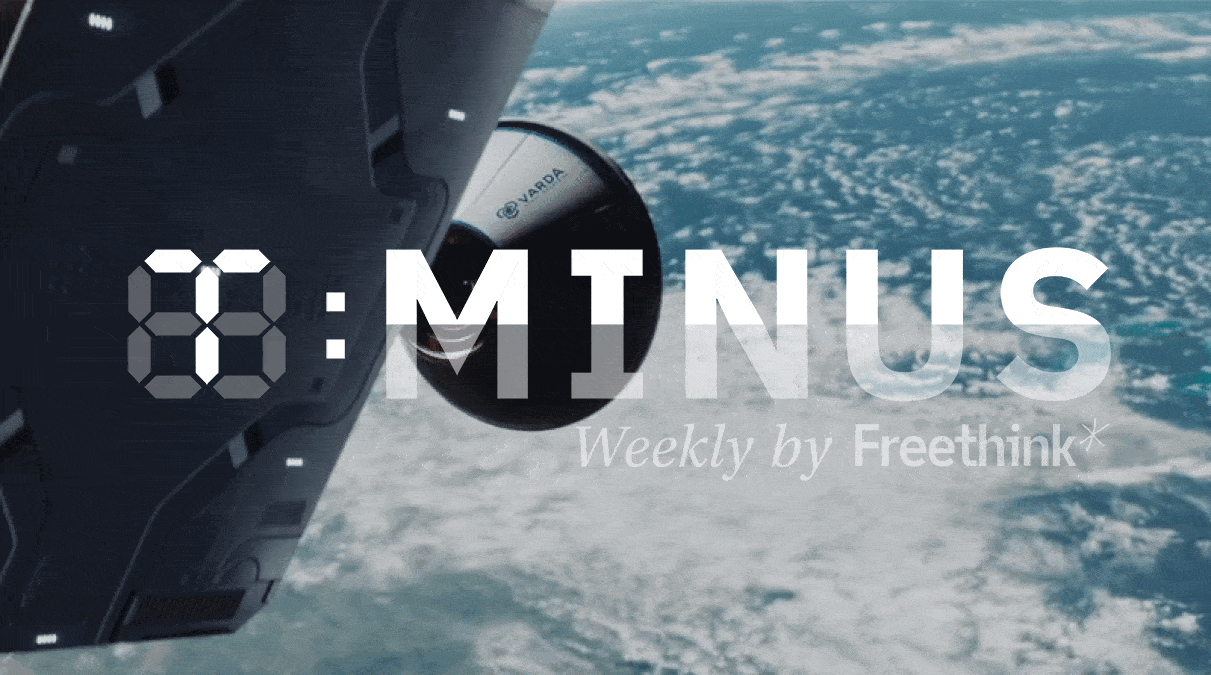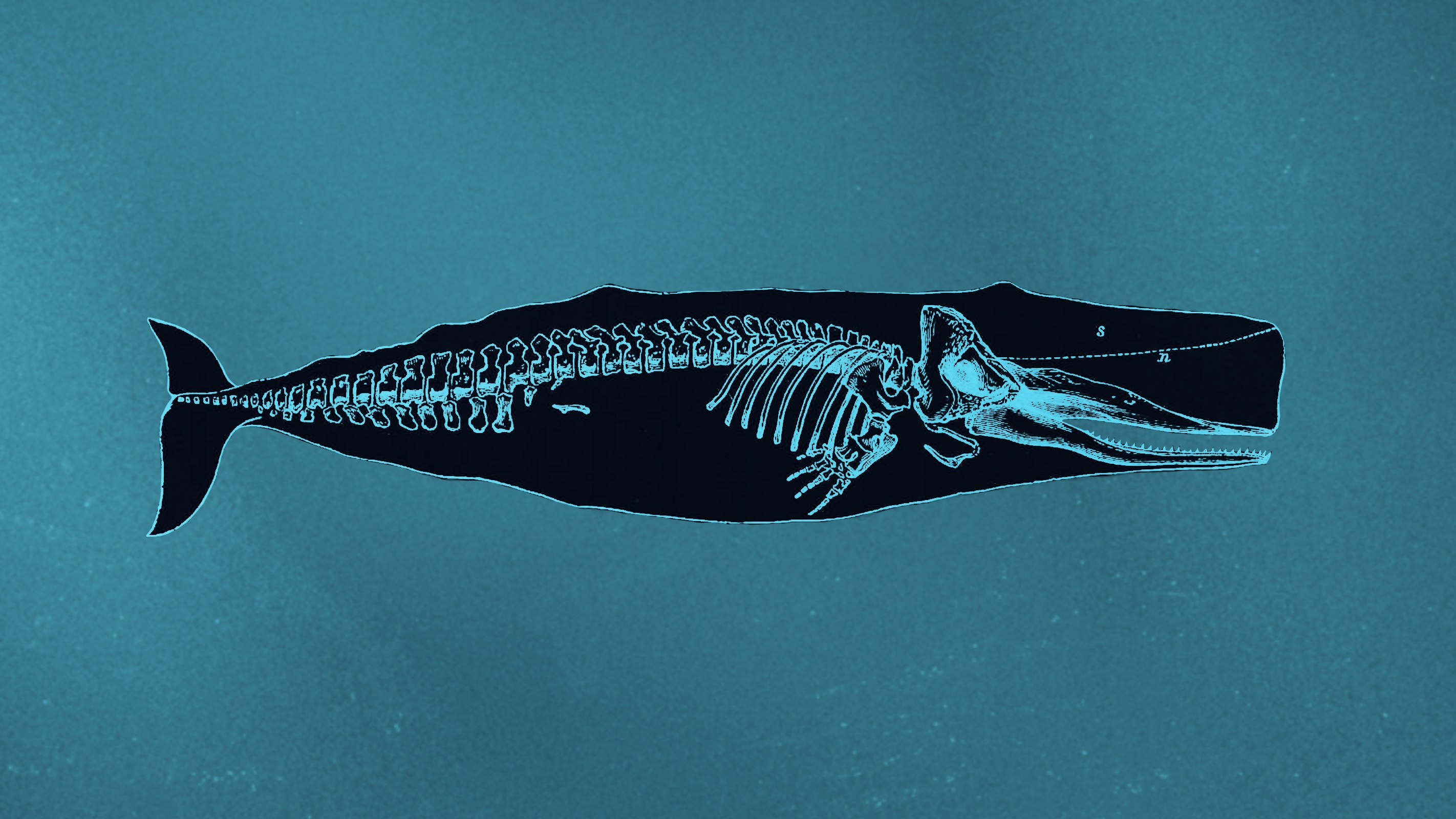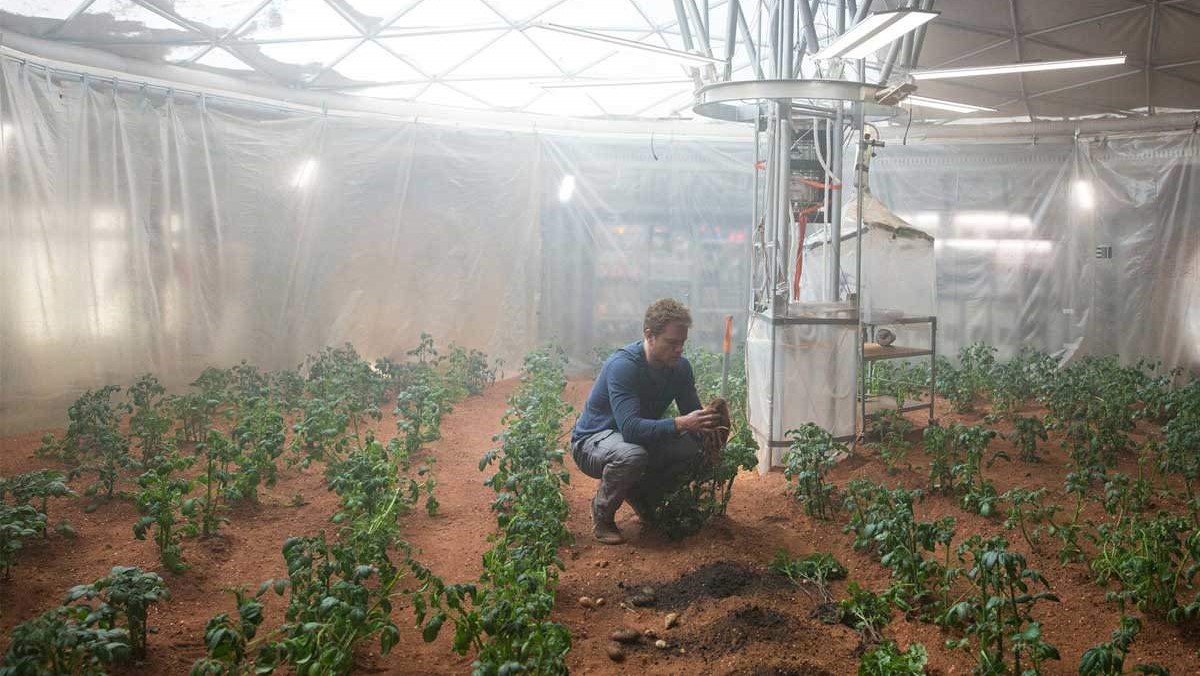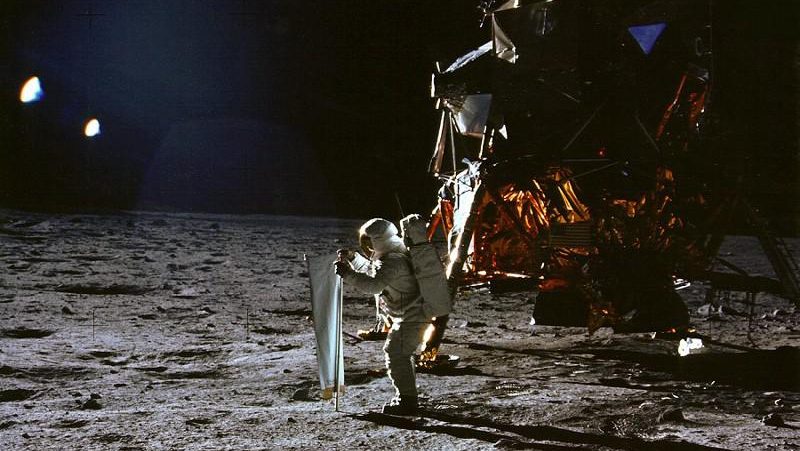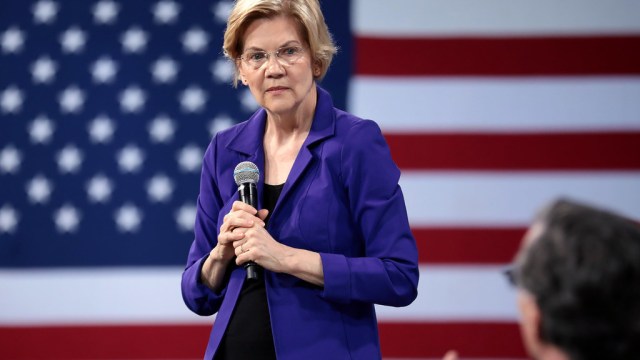China grew a plant on the moon — it sprouted two leaves, data indicates
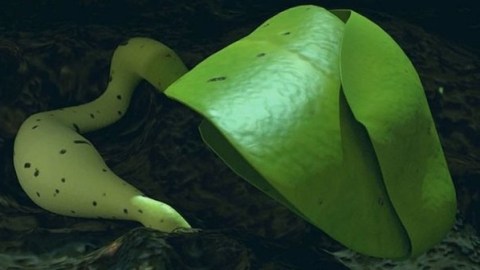
Image source: Chongqing University
- In January, China became the first nation to land a spacecraft on the far side of the moon.
- Chang’e-4 lunar rover carried among its payload a small biosphere that housed six lifeforms, including cotton seeds.
- Using data from that biosphere experiment, researchers constructed a digital image of the cotton plant that reveals it grew two leaves before dying from the cold.
In January, China made history when it landed its Chang’e-4 spacecraft on the far side of the moon. The mission was also the first to experiment with growing plants on the moon, and it brought to the lunar surface a mini-biosphere called the Lunar Micro Ecosystem (LME). The conditions within this small, cylindrical biosphere were similar to those on Earth, besides the microgravity and cosmic radiation. The LME contained:
- potato seeds
- cotton seeds
- rapeseeds
- yeast
- fruit fly eggs
- Arabidopsis thaliana, a common weed
All of these died quickly, except the cotton. Now, a new 3D reconstruction shows that the cotton plant grew not one, but two leaves before dying due to the cold temperatures after about two weeks. The results suggest that the experiment was slightly more successful than initially thought.
The leader of China’s experiment, Xie Gengxin of the advanced Technology Research Institute at Chongqing University, doesn’t plan to publish any scientific papers based on this research. But he hopes to continue studying how various lifeforms might be able to survive on the moon.
Why NASA wants to grow plants in space
Learning how to reliably grow plants in space is necessary if NASA or other space agencies want to launch long-term missions.
“Simply packing some multi-vitamins will not be enough to keep astronauts healthy as they explore deep space,” NASA wrote in April. “They will need fresh produce.”
Why? Some reasons are logistical. For example, the nutrients in supplements and prepared meals will break down over time, and radiation could accelerate that process. So, growing fresh produce would give astronauts access to fresher nutrients, not to mention better tasting food. Also, if astronauts could grow plants on spaceships, they wouldn’t have to carry as much prepared food onboard.
But there are also psychological benefits to growing plants in space.
“We already know from our pioneering astronauts that fresh flowers and gardens on the International Space Station create a beautiful atmosphere and let us take a little piece of Earth with us on our journeys,” NASA wrote. “They’re good for our psychological well-being on Earth and in space.”
NASA is also interested in making dining in space a pleasant experience for astronauts. For example, the agency has packed comfort food and holiday meals on recent missions, and has conducted research on astronauts’ preference for communal versus solo dining, as well as whether they benefit from cooking food themselves. Other researchers are exploring how space dining can fulfill astronauts’ emotional needs, and also how to counteract phenomenon specific to space travel, such as the loss of the sense of smell.
“At the end of the day, we’re not worried about the muscle cells,” NASA nutritionist Scott Smith told Eater. “We’re worried about the human.”

